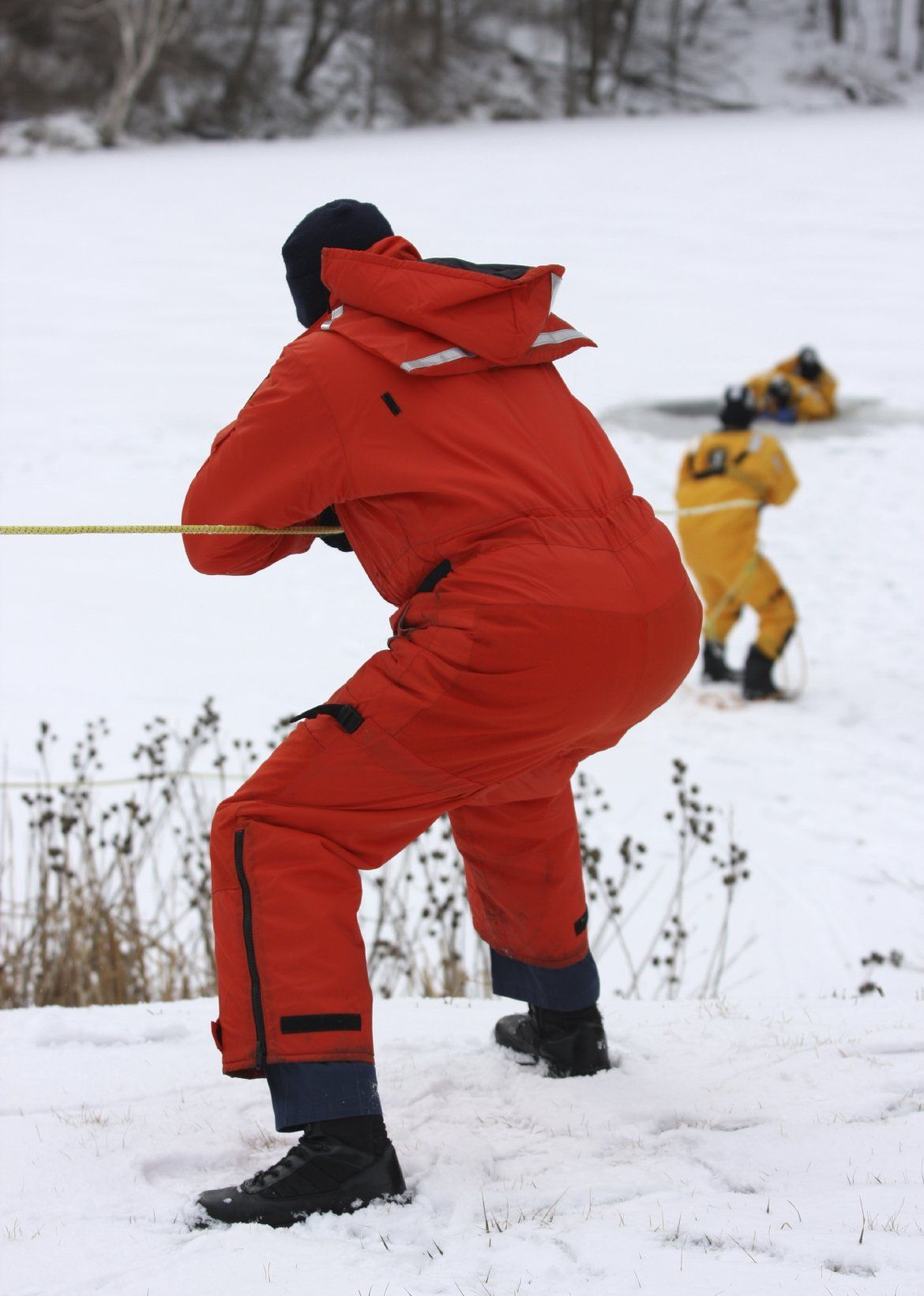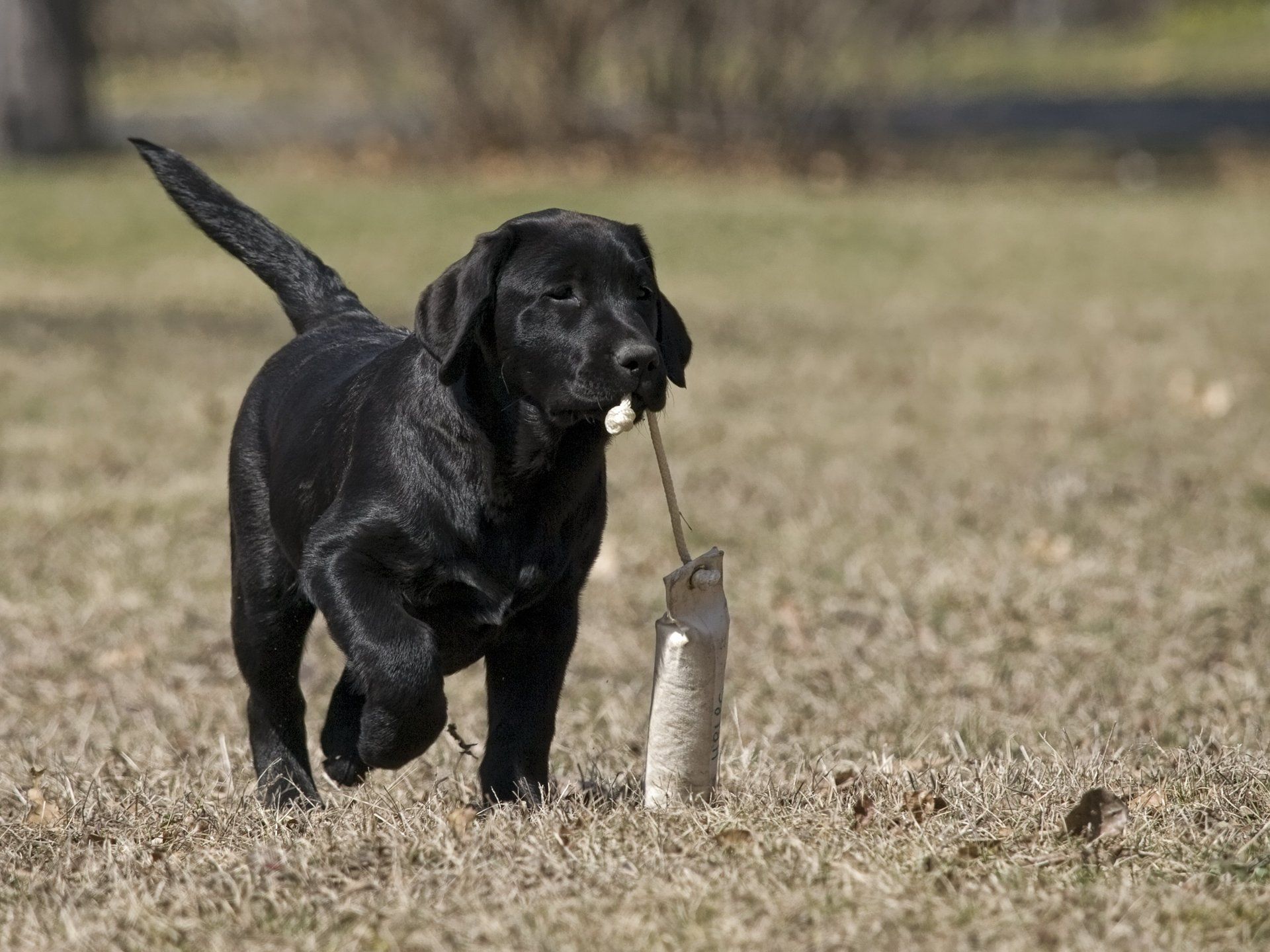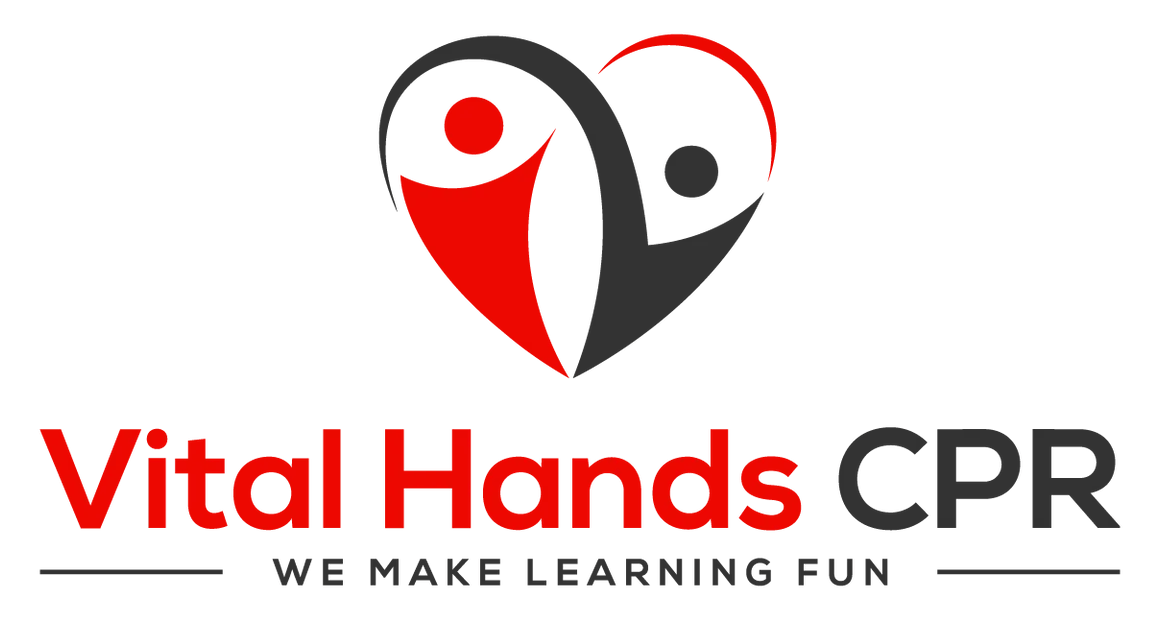Blog Layout
What is an AED, how does it work?
July 21, 2023
This is a subtitle for your new post

The body content of your post goes here. To edit this text, click on it and delete this default text and start typing your own or paste your own from a different source.

December 24, 2023
Average AED pricing can range from $700 (refurbished) to upwards of $3,500. Keep in mind that prices may vary based on the brand, model, features, and any additional accessories included with the AED. Additionally, it's essential to consider factors such as warranty, customer support, and training resources when evaluating AED options. For the latest and most accurate pricing information, reaching out to suppliers directly or visiting their official websites is the best approach. Contact us for available pricing of most AED's on the market.

November 28, 2023
Nov. 28, 2023 — Clearing sidewalks and driveways of snow may be essential to keep from being shut in, however, the American Heart Association, the world’s leading nonprofit organization focused on heart and brain health for all, urges caution when picking up that shovel or even starting the snowblower. Research shows that many people may face an increased risk of a heart attack or sudden cardiac arrest after shoveling heavy snow. The American Heart Association’s 2020 scientific statement, Exercise-Related Acute Cardiovascular Events and Potential Deleterious Adaptations Following Long-Term Exercise Training: Placing the Risks Into Perspective–An Update, notes snow shoveling among the physical activities that may place extra stress on the heart, especially among people who aren’t used to regular exercise. Numerous scientific research studies over the years have identified the dangers of shoveling snow for people with and without previously known heart disease. The lead author of that scientific statement and long-time American Heart Association volunteer Barry Franklin, Ph.D., FAHA, is one of the leading experts on the science behind the cardiovascular risks of snow shoveling. He has authored a number of studies on the topic, estimating that hundreds of people die during or just after snow removal in the U.S. each year. "Shoveling a little snow off your sidewalk may not seem like hard work. However, the strain of heavy snow shoveling may be as or even more demanding on the heart than taking a treadmill stress test, according to research we’ve conducted.” said Franklin, a professor of internal medicine at Oakland University William Beaumont School of Medicine in Royal Oak, Michigan. “For example, after only two minutes of snow shoveling, study participants’ heart rates exceeded 85% of maximal heart rate, which is a level more commonly expected during intense aerobic exercise testing. The impact is hardest on those people who are least fit.” A study conducted in Canada a few years ago found that the chance of heart attack after a snowfall increased among men but not among women. The study found that, compared to no snowfall, a heavy snow – about 7-8 inches – was associated with 16% higher odds of men being admitted to the hospital with a heart attack, and a 34% increase in the chance of men dying from a heart attack. Franklin said winter weather in general can contribute to the increased risk. Cold temperatures may increase blood pressure while simultaneously constricting the coronary arteries. Those factors, combined with the higher heart rate from the extra physical effort, may increase the risk for acute cardiac events. There are even studies that show an increased risk for heart attacks among people using automatic snow blowers. Similar to the extra exertion of pushing shovel, pushing a snow blower can raise heart rate and blood pressure quickly. “The impact of snow removal is especially concerning for people who already have cardiovascular risks like a sedentary lifestyle or obesity, being a current or former smoker, having diabetes, high cholesterol or high blood pressure, as well as people who have had a heart attack or stroke,” he said. “People with these characteristics and those who have had bypass surgery or coronary angioplasty simply should not be shoveling snow.” Franklin said the most important thing is to be aware of the dangers, be prepared and take it easy, including taking short breaks. Even people who are relatively healthy should note that pushing the snow with a shovel is better physically than lifting and throwing it. The American Heart Association urges everyone to learn the common signs of heart trouble and if you experience chest pain or pressure, lightheadedness or heart palpitations or irregular heart rhythms, stop the activity immediately. Call 9-1-1 if symptoms don’t subside shortly after you stop shoveling or snow blowing. If you see someone collapse while shoveling snow, call for help and start Hands-Only CPR if they are unresponsive with no pulse. Get trained today www.vitalhands.org 231-631-3407 Additional Resources: Multimedia available on the right column of the release link https://newsroom.heart.org/news/snow-shoveling-can-be-hazardous-to-your-heart?preview=335b59b16ba0bab4a0c557310a7ac8f6 Spanish news release AHA health information: How to Stay Active in Cold Weather Snow shovel-related injuries and medical emergencies treated in US EDs, 1990 to 2006 – American Journal of Emergency Medicine Cardiac Demands of Heavy Snow Shoveling – Journal of the American Medical Association Acute myocardial infarction after manual or automated snow removal – American Journal of Cardiology Sudden cardiac death after manual or automated snow removal – American Journal of Cardiology

September 18, 2023
A fire extinguisher is a portable firefighting device designed to suppress or extinguish small fires. It typically consists of a pressurized container filled with a fire-extinguishing agent, a nozzle or hose, and a handle or trigger mechanism for discharge. Fire extinguishers are an essential safety tool in various settings, including homes, businesses, industrial facilities, and vehicles, as they can quickly and effectively combat fires in their early stages, helping to prevent the spread of flames and minimize property damage and injuries. The choice of fire extinguishing agent within the container can vary based on the type of fires it is intended to combat, such as those involving combustible materials, flammable liquids, electrical equipment, or cooking oils. https://hsi.com/resources/how-to-use-a-fire-extinguisher?type=freebie&fbclid=IwAR254qMZa1LsT9oeSEZKhzvS6g_l1-8gOSNFPRVuNuXlRzpXj0uJ_QirBrs
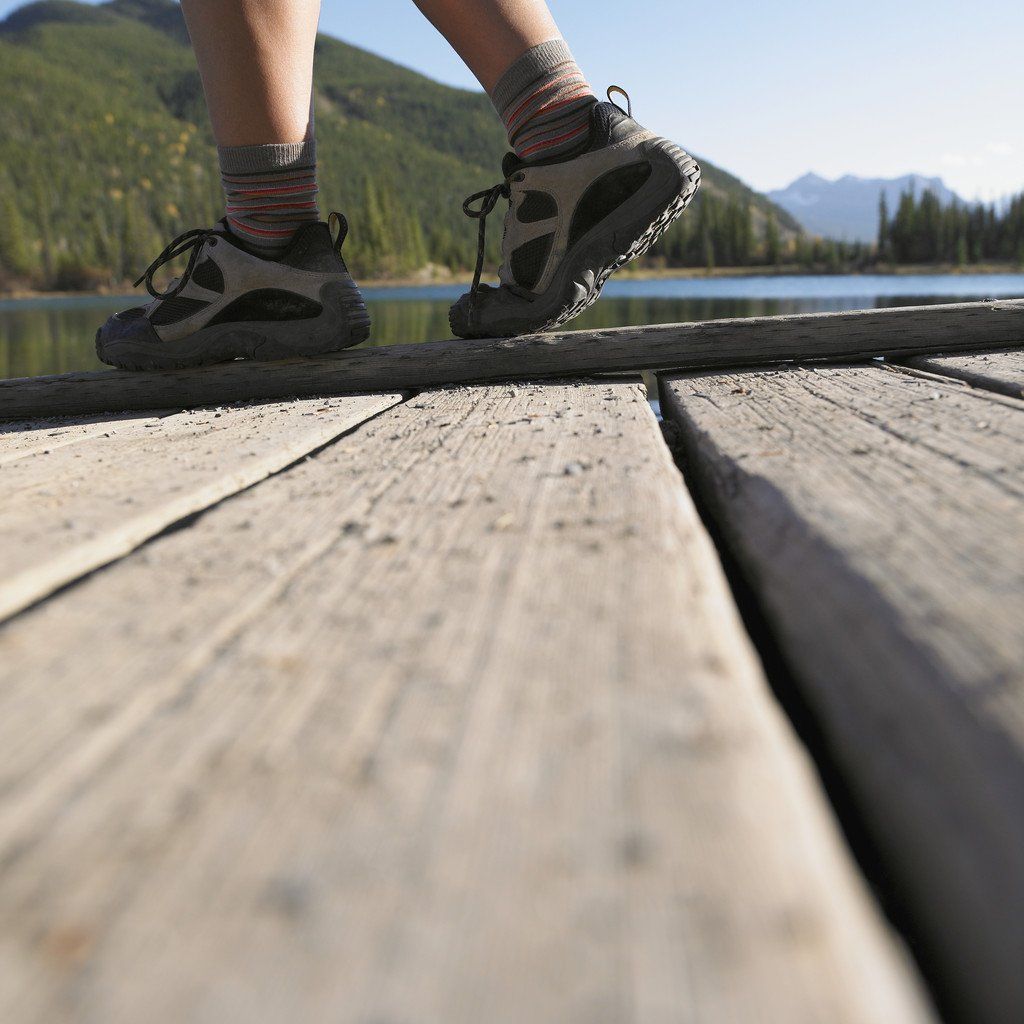
July 21, 2023
Wilderness first aid is a crucial skill for anyone venturing into remote or outdoor environments, where access to immediate medical help may be limited. Here are some tips for wilderness first aid: Get Trained: Before heading into the wilderness, consider taking a wilderness first aid course. These courses cover specific scenarios and challenges encountered in outdoor settings and equip you with the knowledge and skills to handle medical emergencies effectively. Carry a First Aid Kit: Always carry a well-equipped first aid kit tailored to the activities you'll be undertaking. The kit should include bandages, adhesive tape, antiseptic wipes, pain relievers, tweezers, scissors, gauze pads, blister treatment, and any medications you may need. Assess the Situation: Stay calm and assess the situation before taking any action. Ensure the area is safe for both the injured person and the rescuers. Identify any potential hazards and take steps to minimize risks. ABCs: Airway, Breathing, Circulation: In any medical emergency, check the person's airway, breathing, and circulation. Ensure the airway is clear, check for breathing, and assess their pulse and circulation. If necessary, perform CPR or rescue breathing. Control Bleeding: Learn how to apply direct pressure to control bleeding from cuts or wounds. Elevate the injured limb if possible, and use pressure dressings or tourniquets (as a last resort) if bleeding is severe and cannot be controlled otherwise. Splint Fractures: If you suspect a bone fracture, stabilize the injured limb with a splint to prevent further damage. Use materials like sticks, trekking poles, or clothing to create a makeshift splint. Prevent Hypothermia and Hyperthermia: Be prepared for extreme weather conditions. Keep the injured person warm and dry to prevent hypothermia. Conversely, in hot environments, protect against sunburn and heatstroke by providing shade and staying hydrated. Insect Bites and Stings: Be aware of common insects in the area and how to treat bites or stings. Carry antihistamines and know how to administer them in case of an allergic reaction. Know When to Seek Help: Wilderness first aid is essential, but there are limits to what you can do in the field. If the injury or illness is severe or beyond your capabilities, prioritize getting the injured person to professional medical help as soon as possible. Communication: In remote areas, communication devices may not work reliably. Make sure you have alternative methods of communication, such as satellite phones, signaling devices, or emergency beacons. Remember, wilderness first aid is just the first line of response. It's essential to have a plan in place for evacuating the injured person safely to a medical facility when necessary. Taking the time to learn these skills and being well-prepared can make a significant difference in providing effective assistance during a wilderness emergency. We cannot stress enough the need for training whenever venturing out to remote areas. Please check our schedule of classes at www.vitalhands.org to get prepared for your ventures. Perfect for Hikers, Hunters, Fishermen, Kayak/Canoers, Campers, Thrill Seekers.
© 2025
All Rights Reserved | Vital Hands CPR
